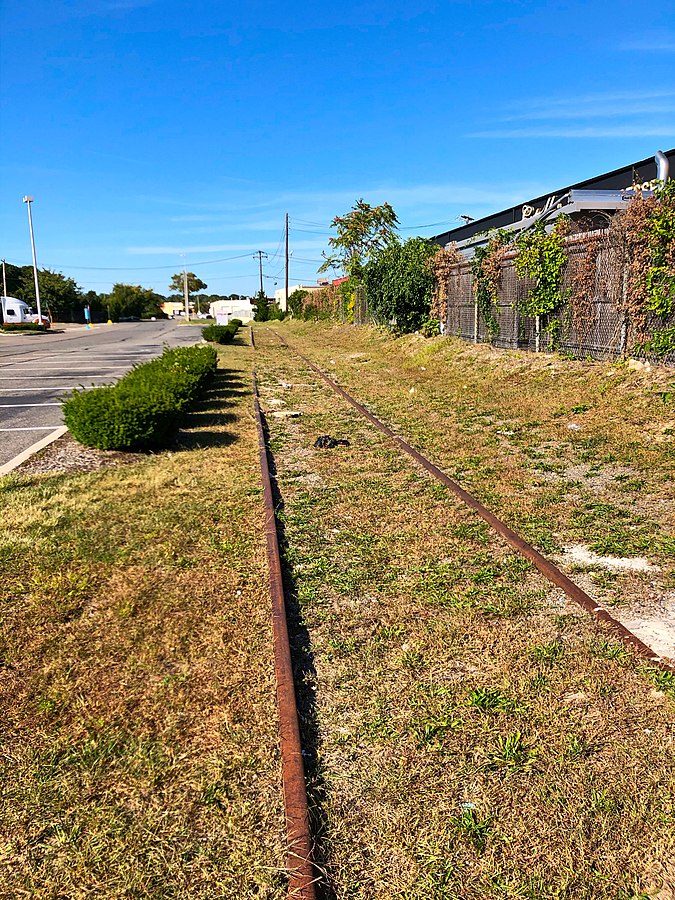
A bill currently making its way through the New York state legislature aims to establish a statewide network of redeveloped railroad beds for the purpose of advancing equitable access to outdoor activities.
New York Assembly Bill 8301 (A8301A), “Requiring the Office of Parks, Recreation and Historic Preservation Establish Design Standards and Manage Applications for Greenway Trails,” seeks to preserve important natural spaces in the state and allow residents more opportunities to enjoy scenic beauty and take part in recreation. The bipartisan bill — which is co-sponsored by Patricia Fahy (D), Jen Lunsford (D), Nikki Lucas (D), MaryJane Shimsky (D), John T. McDonald III (D), Matthew Slater (R), Jo Anne Simon (D), Anna Kelles (D), Yudelka Tapia (D), Angelo Santabarbara (D), Alex Bores (D), Joe DeStefano (R), and Vivian Cook (D) — aims to establish a statewide trails system while addressing disparities in the accessibility of recreational assets across the state of New York.
The bill sets priorities for creating a system of trails in New York through the acquisition of abandoned railroad rights-of-way. This will give the state the ability to improve and utilize the land for recreational trails. The widespread redevelopment of this public land would promote inclusivity and equity in access to sources of recreation in community placemaking.
The plan for the trail system includes trail networks with “connecting and side trails, and trails that lead to scenic or recreation areas,” along with new greenway trails as “shared-use” paths for recreation and non-motorized transport.
Increasing numbers of Americans want to live in places with access to recreational amenities that also enhance regional visual character and improve mental health, including parks and hiking and biking trails. New York’s proactive approach to promoting scenic beautification and recreational infrastructure investment in public areas is especially noteworthy, as it benefits both communities and travelers while placing an emphasis on equity.
Through the acquisition and development of abandoned railroad infrastructure, the bill highlights and promotes the concept of adaptive reuse which aims to improve communities without the excess consumption of new resources. In addition to being more economically and environmentally sustainable, adaptive reuse methods help preserve community character and connect populations to a community’s historical themes and context.
Also included in the bill is the establishment of design standards for the proposed system’s greenway trails. These standards would serve as guides for designing trails, road crossings, and accommodations for pedestrians and bicycles throughout the state. These standards would cause the statewide trail system to create consistency in users’ recreational and scenic experiences.
The bill also seeks to expand on these standards by giving commissioners the ability to deny applications to create or expand greenway trails if they do not comply with the established standards. At the same time, commissioners would be entitled to waive the design standards for any particular trail if they felt conformity would be “inappropriate.” Any instances of design standards being waived would be published online for full transparency.
If passed, A8301A would establish an interconnected statewide trail system that would carry innumerable benefits for New Yorkers, in addition to the promotion of inclusivity and equity. The access to scenic outdoor recreation would increase physical health and can improve overall quality of life for residents throughout the state. Additionally, the promotion of scenic assets through a unified design framework across the state may help engender respect for the environment. The provisions of this bill are a noteworthy step in the right direction for scenic conservation in New York, and an example for all states to follow.
